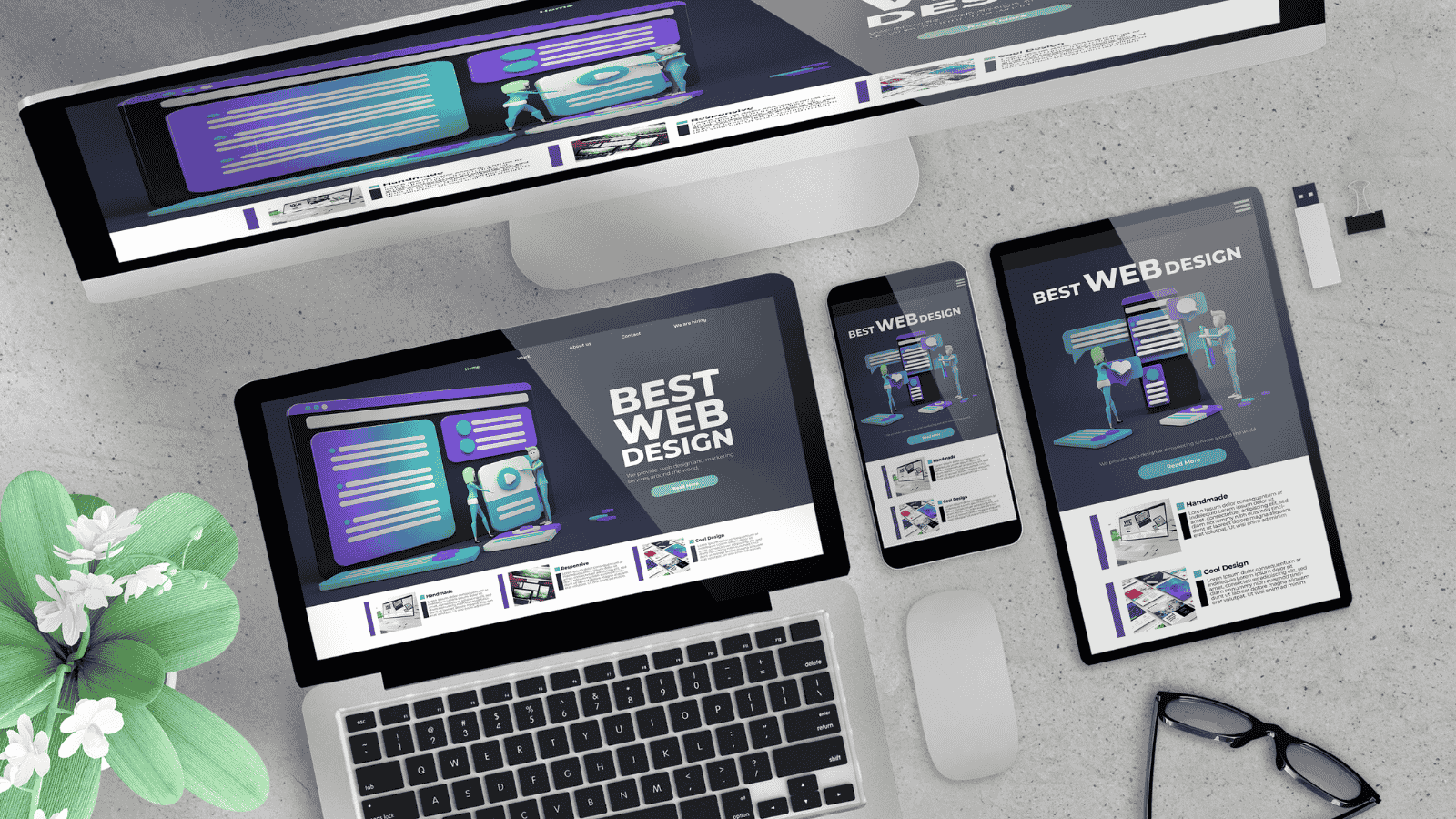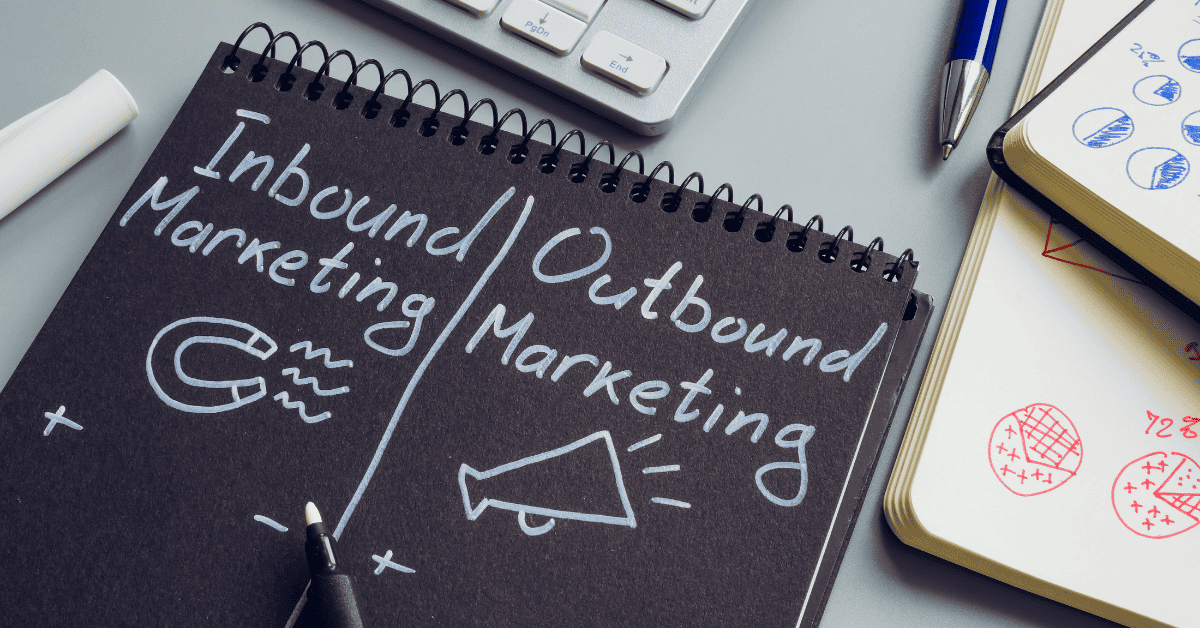What’s the Catch?
Picture this: You’re a small business owner, excited about launching your brand into the digital world. You know that having a sleek, professional website is key to attracting customers, but when you look up the cost of web design, your heart sinks. $5,000? $10,000? Surely, there’s a more affordable option… but is there a catch? This is the dilemma many small business owners face when considering affordable web design services. How do you balance cost and quality? Is it even possible to get a functional, visually appealing site without breaking the bank? Let’s dive deeper into the world of affordable web design and find out how you can create an impactful online presence without draining your budget.
CONTINUE READING


